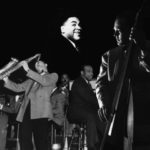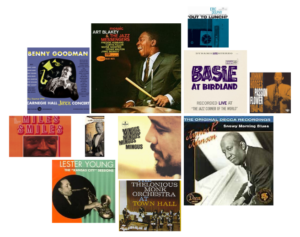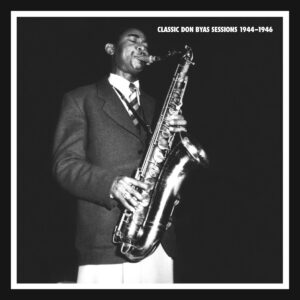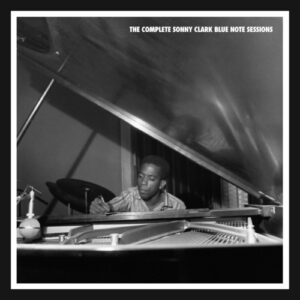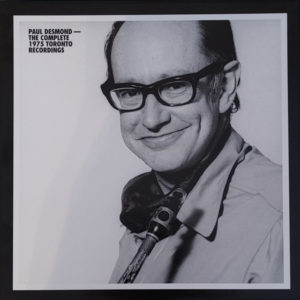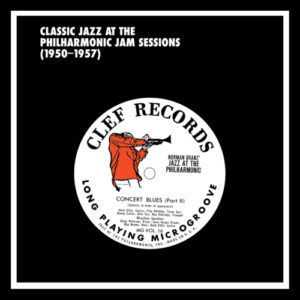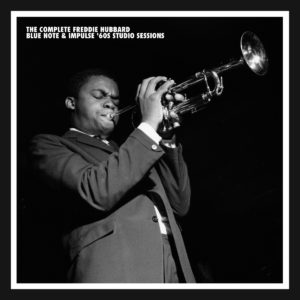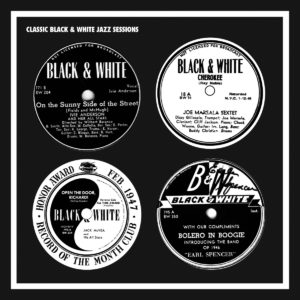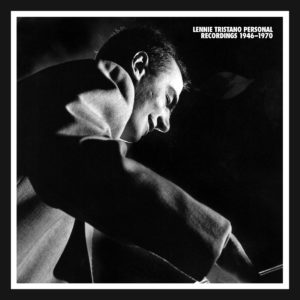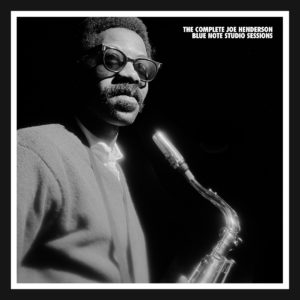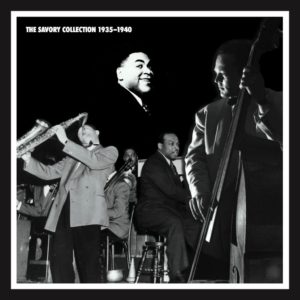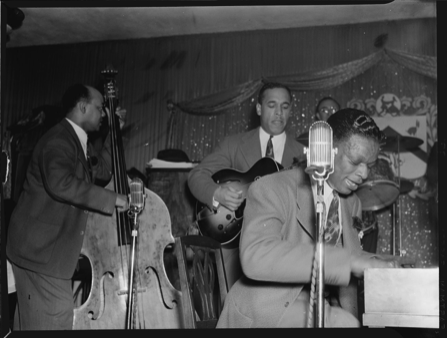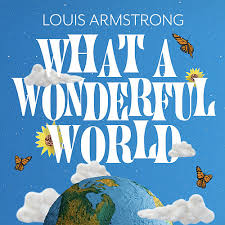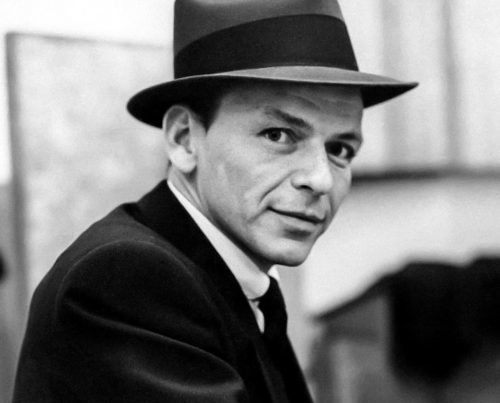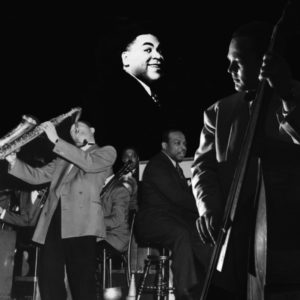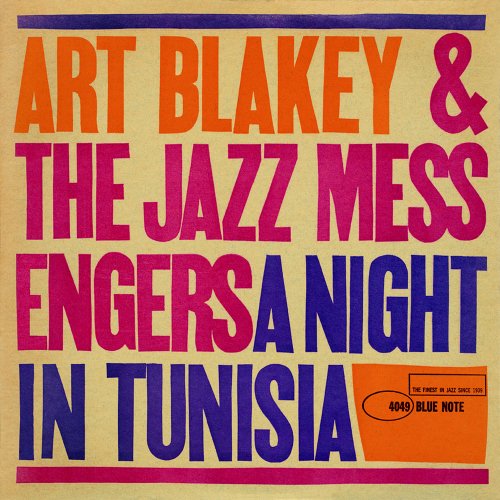
Art Blakey & The Jazz Messengers
A Night In Tunisia
Art Blakey & The Jazz Messengers
The Birth of the 1960 Ensemble
Art Blakey, Wayne Shorter, Lee Morgan, Bobby Timmons & Jymie Merritt
Bob Blumenthal
“We were at the Canadian Exposition. Everybody was there…Art Blakey was playing Evidence. Hank Mobley didn’t make the gig, and during the break Lee Morgan walked across the racetrack to where I was with Maynard’s band, and asked if I’d like to be in the Messengers. So I walked back with him, and Art asked me, `Do you have eyes?’ – Wayne Shorter recalling his entrance into the Jazz Messengers,
Later on, Lee told me that he had always had the idea of me standing next to him on the bandstand. And since Art was always talking about `young blood,’ Lee said, `Here’s the guy.’ Soon, Lee would be looking over at me on stage and saying, `Front line, baby!'”
Now the components for one of the greatest editions of the Jazz Messengers were almost, but not quite, in place. Within a month after Shorter had joined the band, Timmons left to help launch the new Cannonball Adderley quintet. Blakey recruited Walter Davis to take Timmons’ place, and recorded this version of the Messengers for Blue Note during November 1959 including the classic album A Night In Tunisia.
The Messengers with Davis also travelled to France at year’s end, where they recorded several times, including once in the company of Bud Powell. Blakey was determined to bring Timmons back into the fold, however, and he succeeded by the end of February 1960. Now the great recording saga of the Lee Morgan, Wayne Shorter, Bobby Timmons, Jymie Merritt Jazz Messengers was ready to begin. – Liner note excerpt Mosaic Records: The Complete Blue Note Recordings of Art Blakey’s 1960 Jazz Messengers
A Night In Tunisia
Sincerely Diana
Session Date: August 7, 1960
“To hear why this edition of the Messengers was so special, go to Wayne Shorter’s ‘Sincerely Diana’.
On A Night In Tunisia Wayne Shorter, who went on to become one of the important jazz composers of his generation, was already innovating by 1960, experimenting with unusual structural and metrical patterns. The 30-bar piece is asymmetrical but not in the least inhibiting to the four soloists, who deliver one after another, concise, spontaneous creations.
Shorter goes first. He was more aggressive, less oblique, when he was young. He pushes his obsessions with inner necessity to epiphany. Lee Morgan announces himself with simple melodic figures which gradually accumulate into density. His trumpet sound is the hard bop paradigm, pure clarion energy and brassy light Bobby Timmons’ piano statement is somehow both elegant and earthy.
Then Art Blakey takes over for a well-conceived solo. The time stays rock-steady on the hi-hat while he makes formal decisions: machine gun bursts on the snare and the snapping of rim shots, the thunder of press rolls and then sticks on skins hushing to a whisper.
“The work of this quintet gains strength from its contrasts. Wayne Shorter’s chromatic modernity pulls against the ‘church bop’ of Bobby Timmons. Soul-searching blues ballads like Lee Morgan’s ‘Yama’ are set beside volcanic eruptions like A Night ln Tunisia.
The magic comes from sustained inspiration. Every Shorter solo is an adventure in the unexpected (aslant perspectives on the relationships between chords and melodies), and Lee Morgan rides into every good song like a warrior, slashing with his golden horn.
Thomas Conrad, Printed with permission of CD Review Music & The Arts, Mosaic Records Brochure #18

